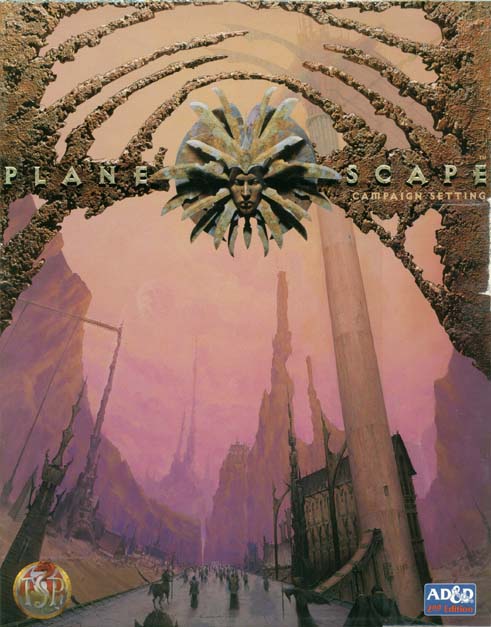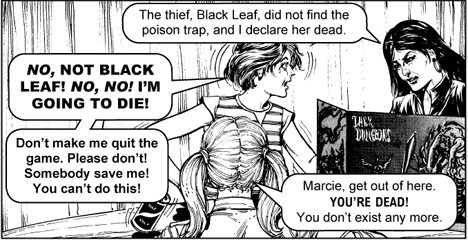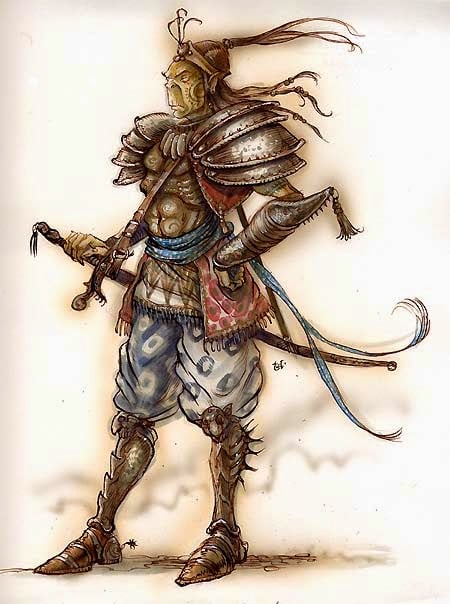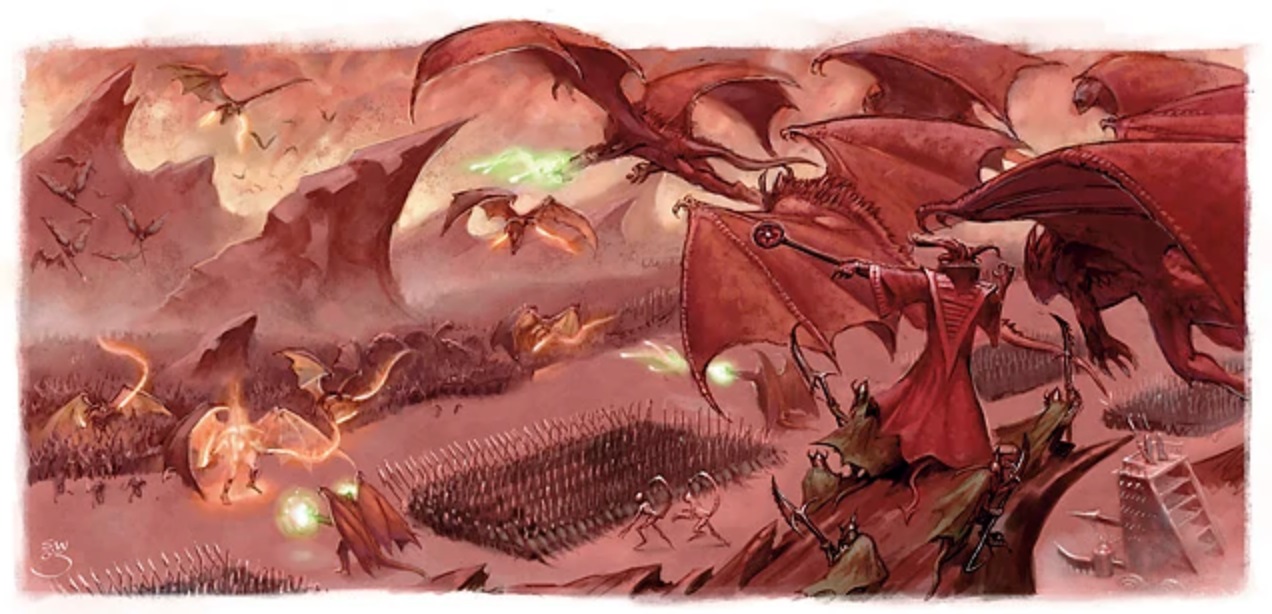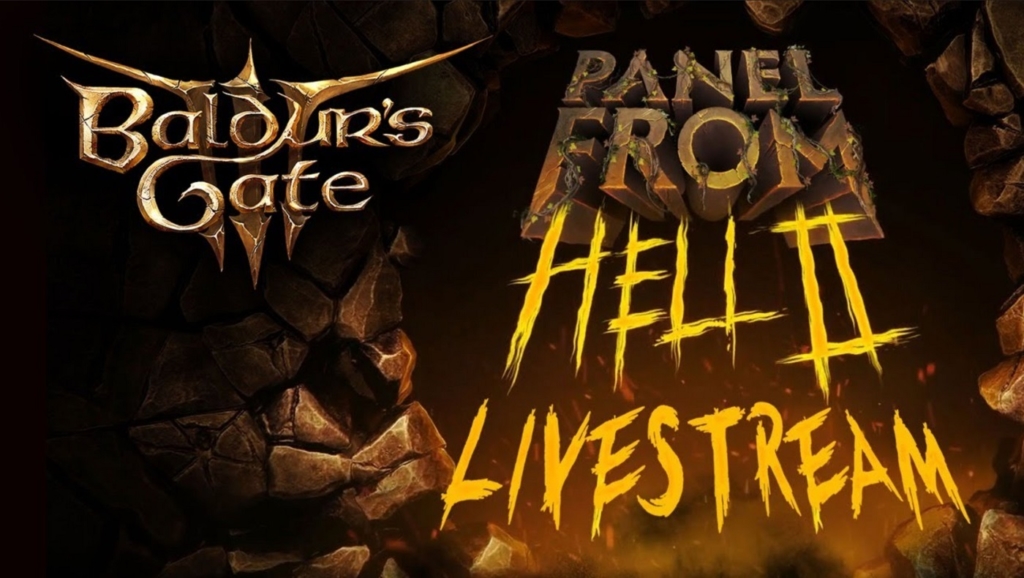BoLS Prime: How Planescape Helped Escape The Satanic Panic
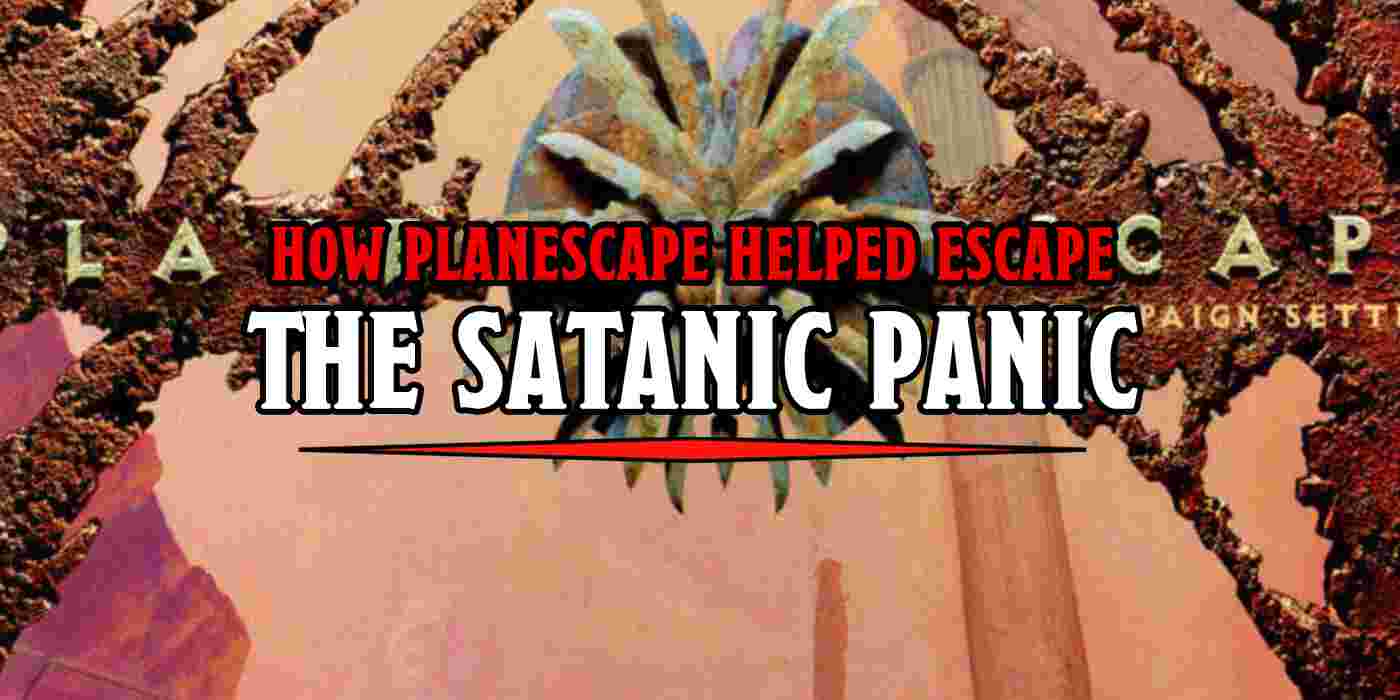
Planescape is one of the most beloved settings in D&D. It changed the game, and it came about in part because people were worried about satanism in D&D.
In all of Dungeons & Dragons, no setting may be quite as impactful as Planescape. This setting with its multiverse-spanning ideas that helped sow the seeds for an ongoing continuity between the different books, its iconic art that would define a generation, and its game-changing rules and a new view of the cosmic creatures lurking in the Monster Manual–changed the course of AD&D 2nd Edition.
And yet, this wasn’t released until five years into 2nd Edition AD&D, long after the departure of Gary Gygax, well past the fracturing of TSR and a coup of its leadership that pulled the company back from the brink of ruin, comes Planescape. It’s a setting that expands the cosmos of D&D, taking material from one of D&D’s most successful books in 1987, the Manual of the Planes. Why the delay? In part it was because of fears of the “Satanic Panic.” You can read all about what brought about the Satanic Panic in the 80s right here, but here’s an overview enough to understand the reason that Planescape moved as it did.
The 1980s had its own dangers that seemed pointed directly at children and the traditional nuclear family. Societal norms were changing yet again, and there was push back from folks that were at odds with urbanization and didn’t like the idea of women joining the workforce instead of staying at home, forcing them to put their kids in daycare. The pushback against these changes came in the form of Christian fundamentalism – Jerry Falwell’s fire-and-brimstone preaching and Moral Majority organization began to gain traction.
Jack Chick and others from the 70s evangelical movement continued to have a voice. Patricia Pulling, inspired by Chick tracts, led a crusade against Dungeons & Dragons and other RPGs, claiming that a curse from D&D caused her son to commit suicide. She founded Bothered About Dungeons and Dragons (BADD) in 1983 after filing several lawsuits against TSR and others (all of which failed). The organization claimed that D&D encouraged devil worship, cannibalism, suicide, prostitution, and murder among other things. She started by pushing her message via Christian focused and mainstream media, and went so far as to get her PI license to become a law enforcement consultant and expert witness for gaming-related lawsuits (none of her cases won in court).
Other anti-occult crusaders, like Jim Peters (who claimed the Proctor & Gamble logo was satanic) and Lauren Stratford, started appearing on nationwide television shows like 60 Minutes and 20/20. Occult fear-mongering in the media became a regular occurrence. ABC televised an official Roman Catholic exorcism, and Giraldo Rivera devoted a 2-hour show to how satanism was taking over America. The conspiracy theory had been given an air of plausibility thanks to this coverage.
Which is why, in 1990, after TSR had discovered the success of Dragonlance and the Forgotten Realms and was on the look for their next big adventure setting, they turned back to one of their most popular books. A setting built on designer Jeff Grubb’s first edition Manual of the Planes, which was one of the more well-received books of the latter days of 1st Edition. Ultimately, designer Zeb Cook would pick up the concept, originally as “adventures in the Outer Planes” and make it into something so much more.
Cook’s Planescape was built around an artistic concept with a solid foundation coming from Dana Knutson’s concept art and Tony DiTerlizzi, the artist who made Planescape look the way it does, finally laying out what the Planes should look like to adventurers. It had to soar where Spelljammer had failed–players hadn’t coalesced around the space pirate adventures, but what Cook felt they lacked was a strong central location.
Thus Sigil, the city at the center of the Planes was born. Again, as DiTerlizzi said, they were free to grow because the management was focused on other endeavours at the time, but Cook helped to ensure that they didn’t attract attention, using the new setting as a chance to flesh out the problematic elements of demons and devils, changing them to Tanar’ri and Ba’atezu, and recounting a tale of a long blood war between these creatures.
Whole new identities were crafted for them. Chain Devils and Ice Devils became Kytons and Gelugons (Kytons in particular found roots in Planescape), and when Planescape released, the material that once brought down the wrath of parents and concern-groups throughout the country, found a new home. It helped that comics were going through a rebranding at the same time–but Planescape helped D&D crawl out from the shadow of satanism, and made a new home for D&D’s cosmology in so doing.
Happy Adventuring!

